Contents
Guide

An Imprint of Simon & Schuster, Inc.
1230 Avenue of the Americas
New York, NY 10020
www.SimonandSchuster.com
Copyright 2020 by Evan James
The excerpt on page 141 is reproduced by permission from Francisco Guevara and the UST Publishing House, Gameness, The Reddest Herring (Manila: UST Publishing House, 2015), 70.
All rights reserved, including the right to reproduce this book or portions thereof in any form whatsoever. For information, address Atria Books Subsidiary Rights Department, 1230 Avenue of the Americas, New York, NY 10020.
First Atria Paperback edition March 2020
 and colophon are trademarks of Simon & Schuster, Inc.
and colophon are trademarks of Simon & Schuster, Inc.
For information about special discounts for bulk purchases, please contact Simon & Schuster Special Sales at 1-866-506-1949 or .
The Simon & Schuster Speakers Bureau can bring authors to your live event. For more information, or to book an event, contact the Simon & Schuster Speakers Bureau at 1-866-248-3049 or visit our website at www.simonspeakers.com.
Cover design by Min Choi
Cover photograph courtesy of the author
Author photograph Beowulf Sheehan
Library of Congress Cataloging-in-Publication Data has been applied for.
ISBN 978-1-5011-9964-6
ISBN 978-1-5011-9965-3 (ebook)
Aloud, I said: The unforeseen is what is beautiful.
THOMAS BERNHARD, GARGOYLES
Lovers Theme
I m a cell phone. Thats what I told myself as I waited for Anna Conda to welcome me to the stage of The Cinch, a gay bar on Polk Street in San Francisco. My heart beat against a pink cardboard flip phone costume that was made by my close friend Kate. I prepared to turn my facea mask of thick foundation, painted lips, and arched, drawn-in eyebrows, all framed by a wavy blond wigupon the crowd. (Through a hole in the giant flip phones screen, I mean. Flip phone prototype: Motorola Razr. This was 2007.)
Im a cell phone. As soon as Anna Conda called my namemy then-drag name, ExtremityId climb the steps, a giant pink ladyphone in black Payless heels, ready to lip-sync a carefully selected medley of ringtones.
Please give it up for Extremities!
Amid whooping, laughter, and applause, I heard Kates voice call out, Its Extremity! The stage lights glared down on me; I carried myself with as much stylized feminine dignity as a bedazzled and spray-painted suit of cardboard allowed. The music came ona loud, cheap-sounding, ringtone rendition of Britney Spearss Baby, One More Time, all synthesized bleeps and squawks meant to emulate the human voice. I opened and closed my mouth, calling to mind, I hoped, a ventriloquists dummy.
Meep meep meep meep meep meep meep meep
The people who attended drag shows in San Francisco generally ate this kind of thing uppart of the reason Kate and I had wanted to put together the number. To my knowledge, no one at any of the drag nights had yet performed as a cell phone, and this novelty provided motivation enough for me to memorize the sequence of ringtone yaps, to roll on pantyhose and fix false lashes to my real ones. Many, many queens had gone to much, much further lengths for their drag numbers, putting hours into elaborate looks and choreography that graced the stage for three minutes. (I once watched, agog, as five-plus people in courtly eighteenth-century European dresspowdered wigs, panniered dresses, deep dcolletagestrutted on a tiny stage at The Stud to Rock Me, Amadeus, inspired by the Mozart biopic Amadeus.) Kate and I more often threw things together for conceptual laughs. But that night, as I stood onstage and the Cinch barflies started to sing along, happily providing the vocals to a ringtone version of TLCs Waterfalls, life felt, for a fleeting moment, simple, perfect.
Bringing absurdist concepts to life suited me better than trying to adopt a persuasive drag persona. This became apparent to me when, after leaving the stage to nourishing applause, I discarded my costume. Made up, bewigged, and wrapped in a length of plain pink fabric, I saw my editor from the local newsweekly at the bar. I freelanced for her often, and we often ran into one another out on the town (in fact, Id invited her that evening). It was the first time shed seen me in drag.
You killed! she said, laughing.
Hey, thanks, I said. I mean, thanks, honey. How does a real drag queen act? I thought. How should a drag queen be? Still on a giddy stage high, the absence of a protective cell phone casing also left me exposed. I was a turtle that had been pulled from its shell, pancaked with makeup, and let loose in a crowded gay bar.
You look beautiful, said my editor. Oh! You need a drink.
Why did the dissonance throw me? I often waded into the strange waters of my competing social impulses: one, to anxiously compartmentalize people so that I could lead multiple lives; the other, to mix the compartmentalized with anarchic disregard like a child swirling finger paint into a muddy blur. Being thrown usually appealed to me: I wanted to see what happened when the colors kissed and started to bleed into one another. If only one of my siblings had dropped by in that moment, along with the elementary school teacher who had long ago encouraged my artistic leanings, along with the butch, menthol-smoking pool player I was then sleeping with and who remained unknown to all my other anxiously compartmentalized friends!
Needless to say, this kind of thinking compromises any unified or consistent social identity. It can make for a fun party, if you have your vulnerably unmasked, half-drunk-and-torn-between-personae party outfit on. I knew that I could never hack it as a serious drag queen, not when I refused to learn how to do my own makeup. (Kate usually did it for me.) I tucked a strand of synthetic hair behind my ear. I smiled, sipped nerve-soothing scotchthrough a straw, so as not to imperil my lipstickand chatted with my editor.
Soon recollected, I went back to mingling, smoking with the sissies, the beefy bears, the indie queers with their trim little mustaches and their skinny arms sleeved in tattoos. After the banter and laughter and a dozen farewell air kisses, Kate drove me to my apartment off Noe Street. There I washed the makeup from my face with baby oil and watched the whole mess run down the drain while I stood naked in the shower, humming a ringtone. Later still, Kate fell in love with a middle school science teacher; my editor became my friend; the cell phone costume sat gathering dust somewhere, and the order of the songs it once called to mind faded from my memory.
A little less than two years earlier, at twenty-three, the idea of becoming a real reporter, an actual journalist, took hold of me. Id managed to support myself by freelancing for a couple of years in Portland, Oregon, churning out arts coverage, business-to-business ad copy, and the occasional informational brochure for a master-planned suburban housing community. (More on this last job later.) On the road to the Bay with my oldest friend, Rachel (a lesbian driving a U-Haul to Berkeley, where we both planned to live with her girlfriend in a one-bedroom apartment; no further comment), I penned a lofty, confused review of a book commemorating the fiftieth anniversary of Allen Ginsbergs Howl. Even then, writing in my notebook as Rachel drove us down the Pacific Coast Highway, I hated the lofty and confused style I brought to the task.

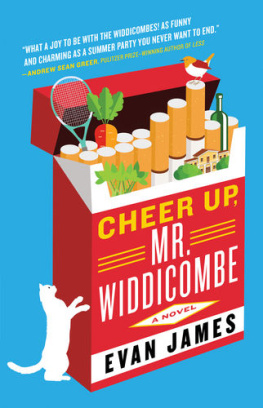

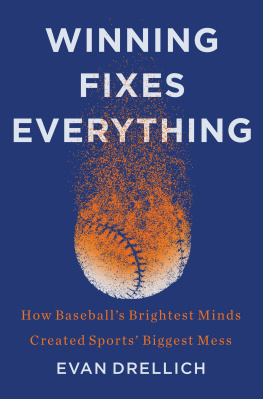


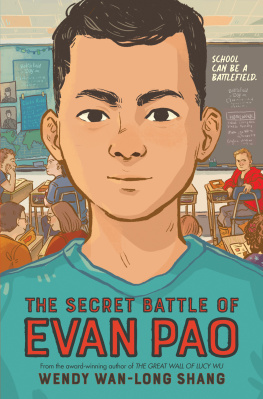


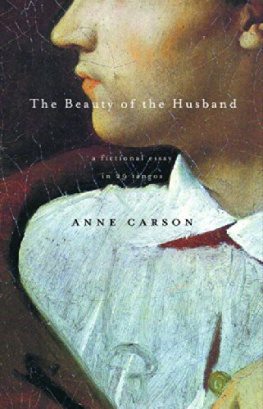
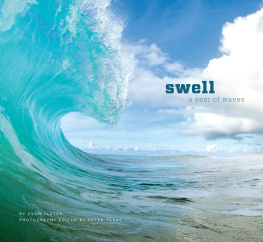
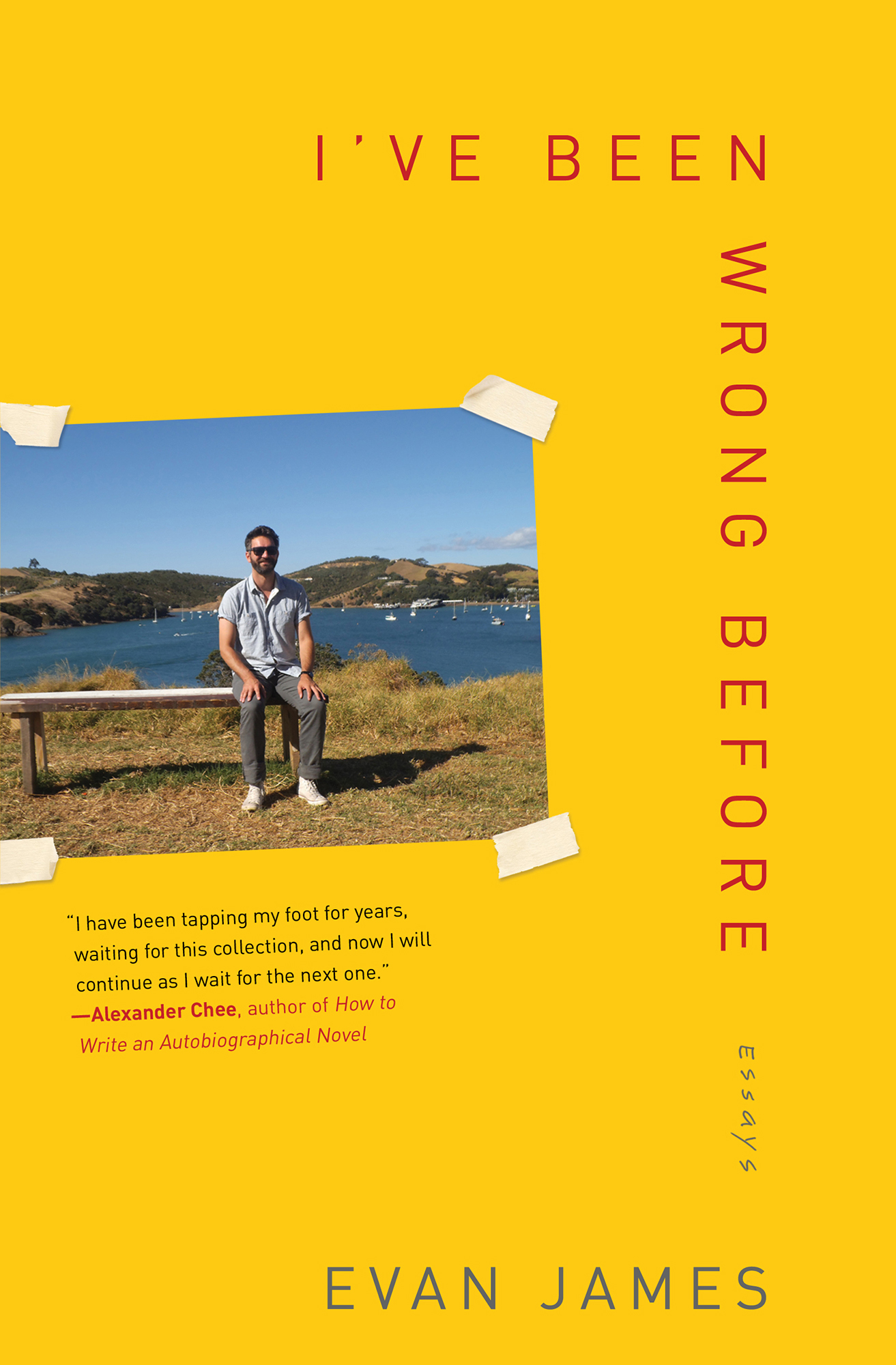


 and colophon are trademarks of Simon & Schuster, Inc.
and colophon are trademarks of Simon & Schuster, Inc.